Many dog owners look forward to the cool temperatures of fall for some relief. They believe that flea populations surge in the spring and summer months — but that’s actually not true.
Due to the increase in moisture, most northern states in the U.S. experience what veterinarians call “the fall flea surge.”
ⓘ In many southern states, fleas are a year-round problem!
This fall, plan to stay strong on your flea prevention regimen for your dog. To help you do so, we put together seven natural flea-fighting methods to teach you how to get rid of dog fleas.
Things to keep in mind . . .
Like humans, each dog is different.
What works for your neighbor’s dog or your best friend’s dog may not work for you or your dog. Each dog has his/her own sensitivities, so when using any of the methods/products below, be sure to start out with a small amount to see if there is any adverse reaction.
Also, if you already have a severe flea infestation, don’t be too quick to rule out using chemicals. We always advocate for a multi-pronged approach, and a chemical flea treatment may provide faster relief.
As always, please discuss any changes you make to your dog’s health regimen with your veterinarian.
Outside your house
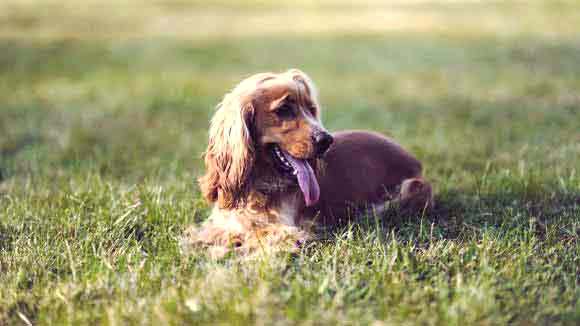
While adult fleas may spend most of their time on a dog, fleas actually spend most of their life cycle — the egg, larva, and pupa stages — in the environment.
If you’re dealing with a flea infestation, it is not enough to only treat your dog.
Even if you get rid of all the fleas on your dog, new adult fleas will continue to attack you and your dog until you address the environment.
Fleas prefer cool, shady, and moist areas, such as under piles of leaves, crawl spaces under structures, garden furniture, fences, and trees. They like to avoid open areas with direct sunlight, so look for areas in your yard that create high humidity.
When you’ve found the area(s) where they’re hiding, there are natural methods you can use to get rid of fleas.
Beneficial nematodes
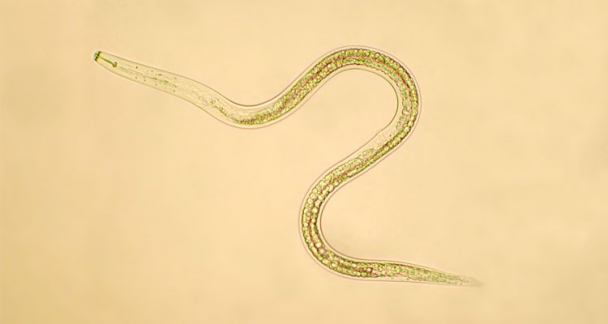
Nematodes are microscopic roundworms that can be highly effective at killing flea larvae, pupae, and yes, even adult fleas in the grass and soil.
One species of nematodes, Steinernema carpocapsae, is particularly effective at killing highly mobile insects like fleas by using its sit-and-wait strategy to ambush them.
Beneficial nematodes attach themselves to passing insects and enter the host’s body through a body opening or by piercing a hole directly in the body wall. Once inside, they release bacteria into the pest’s blood that help predigest it for the nematodes. The hosts typically die within 48 hours of entry, after which the nematodes exit the body and go looking for other prey.
This non-toxic pest control method has been shown to eliminate more than 90% of flea larvae within the first 24 hours of application.
The best part? Beneficial nematodes will not harm your plants, aquatic life, birds, your dog, or humans. They are extremely safe for the environment, and thus should be a part of every dog owner’s flea-fighting arsenal.
Diatomaceous earth
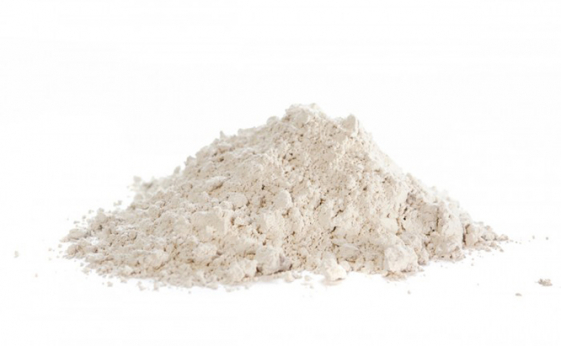
Diatomaceous earth (DE) is a fine white powder made from the fossilized remains of diatoms, which are tiny, single-celled aquatic organisms that have skeletons made of silica.
On a microscopic level, DE appear very sharp, like shards of glass.
Particles of DE stick to fleas’ exoskeleton. The powder damages the waxy, protective outer layer of fleas’ exoskeleton by absorbing the lipids, thereby increasing the evaporation of water from their bodies.
Due to the loss of water, the fleas dehydrate and die.
Because DE kills fleas by causing physical harm, fleas cannot develop resistance to it like they can to chemical insecticides. DE is also widely used by farmers who use it to control insects in grain storage.
While DE is non-toxic and very safe to use around children, pets, plants, and humans, there are a few things to keep in mind:
- Only use food-grade diatomaceous earth. Pool-grade DE contains high concentrations of crystalline silica, which is extremely dangerous to humans and animals.
- When applying DE to your yard, be aware of the direction of wind. DE can be drying to your eyes and skin, and can irritate your lungs if breathed in.
- DE only works when it is in a dry, powdery form. It may be best to avoid using DE during rainy months to avoid frequent application.
Inside your house
Now that you have a plan for fighting fleas outside, you need to move inside.
Vacuum, vacuum, vacuum

When fleas invade your house, your best plan of defense is probably to vacuum frequently, especially if you have carpet.
Fleas love hiding in every nook and cranny of your home, so it is absolutely essential to vacuum thoroughly. Some dog owners recommend that you vacuum as frequently as three times a day while others say once a week is enough. Use your best judgment according to the severity of your situation.
DE can also be used indoors along with vacuuming. Just spread a light layer of DE all over your carpet and vacuum after 48 hours.
After vacuuming, be sure to empty the vacuum bag or canister immediately!
Flea traps
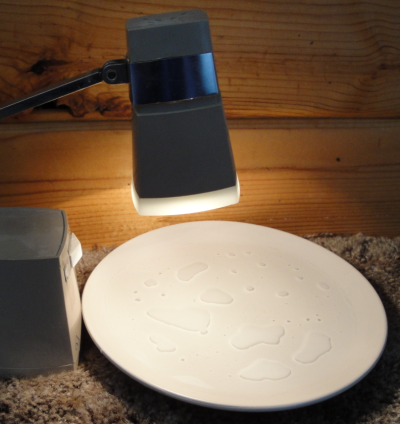
Flea traps can be purchased at your local hardware store or made at home with a lamp and a shallow dish with water and dish soap. While it will not eliminate a flea infestation by itself, it can be used as an early warning system or as a method to assess the adult flea population.
Flea traps only catch adult fleas, which are 1-5% of the population. And traps will not attract fleas away from a host (you or your dog), so they must be caught before they locate a host.
In order to improve efficacy, however, you can look for or make flea traps that have two things:
- Light green or yellow-green filters
- Intermittent light
Treating your dog for fleas
Topical chemicals like Frontline and K9 Advantix are very popular methods for flea treatment, but more and more dog owners are becoming increasingly wary of the potential harmful side effects. Instead of these spot on treatments, dog owners are turning to natural methods of flea prevention and treatment.
Essential oils
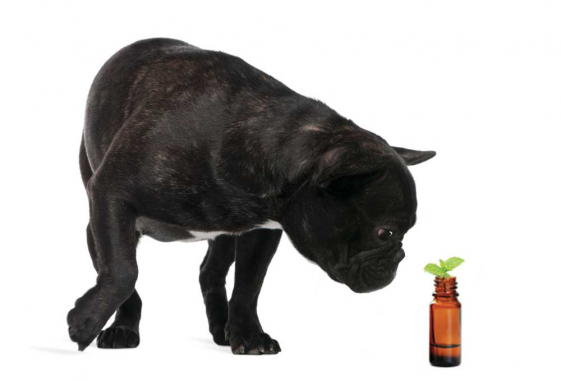
Essential oils are aromatic compounds extracted from plants. You may have experienced aromatherapy, but did you know that essential oils can also be used to repel fleas?
Some of the most popular essential oils for repelling fleas include the following:
- Lavender
- Peppermint
- Lemon
- Rose Geranium
- Cedarwood
- Eucalyptus
- Rosemary
- Neem
Avoid pennyroyal and clove oils. While they might be effective at repelling insects, they can also be extremely toxic to animals.
Mix just one drop of the essential oil per 1 ml of a carrier oil like coconut oil or vegetable oil. Without diluting them first, essential oils are much too strong for dogs and can be dangerous for their health.
Do NOT dilute essential oils in water as these oils are not water soluble.
The diluted essential oils can either be rubbed directly onto your dog’s body or sprayed onto a bandana.
Many essential oils are toxic to cats. If you own a cat, here is a list of essential oils you can use.
Garlic
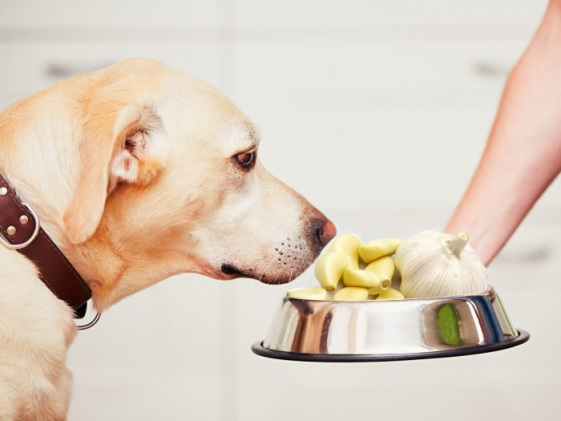
Feeding garlic to dogs is a controversial topic.
Garlic is a member of the allium family along with onions, leeks, and chives. Onions contain high levels of thiosulphate, which causes Heinz body hemolytic anemia. Because garlic is in the same family, people believed that it was also harmful for dogs.
However, garlic contains only trace amounts of thiosulphate, and can only cause anemia if fed in very large amounts.
Garlic also has many health benefits, so many dog owners believe that it is both safe and healthy to feed garlic to their dogs. The smell of garlic also repels fleas, so it may be helpful to feed it to your dog as a part of your flea prevention regimen.
The recommended raw garlic dosage is ¼ regular-sized clove per 10 pounds. Many experts do not recommend feeding more than 2 or 3 cloves of garlic per day, even if your dog weighs more than 100 pounds.
Apple cider vinegar
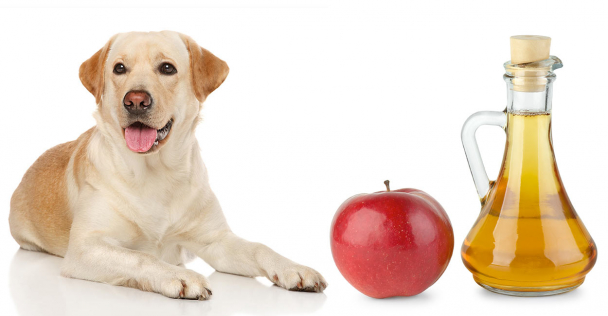
One of the best natural flea repellents just may be something you can find in your kitchen — apple cider vinegar (ACV).
You can use raw, unfiltered ACV both externally and internally to make your dog’s coat inhospitable for fleas.
When using externally, you can simply dilute ACV 50/50 with water and use it to rinse your dog after a bath. Instead of towel drying, let your dog air dry. ACV is great for your dog’s skin and coat, so your dog will get a healthy, glossy, flea-free coat!
Along with its flea-repelling properties, ACV contains many nutrients that are beneficial for dogs, including calcium, iron, magnesium, folic acid, vitamin C, and vitamin B1, B2, and B6.
Add ½ teaspoon of raw, unfiltered ACV per 25 pounds to your dog’s water once a day
ACV, despite its acidic nature, causes the body to become more alkaline when consumed. Many dog owners believe that using ACV internally and externally will cause the body’s pH to become balanced, which fleas don’t like.
One word of caution: If your dog has any hot spots or open wounds, please don’t use ACV as it will sting!
Plan ahead for success
As dog lovers, we hate to see our dogs suffering from flea bites. We all want something that is safe and natural while effective.
But the truth is that there is no single method that will completely eliminate a flea infestation by itself. The natural remedies above will help you on your way to a flea-free fall. Whichever flea prevention method you use — conventional or natural — planning ahead will grant you the greatest chance of success.
